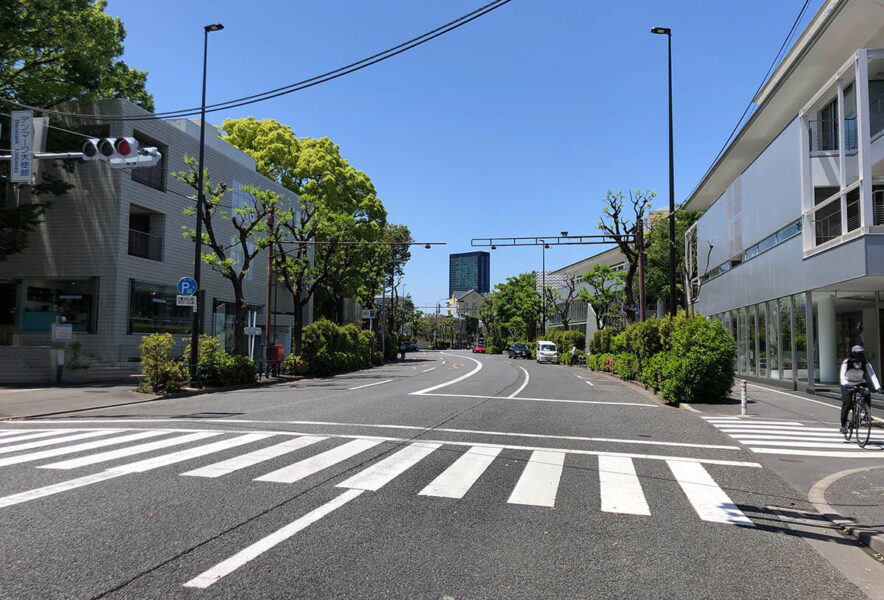Today’s stroll Daikanyama
From the area around Daikanyama Station on the Tokyu Toyoko Line, sandwiched between the Shibuya and Meguro Rivers, Hachiman-dori Avenue and Kyu-Yamate-dori Avenue form a quiet residential area and stores in a rich natural environment, creating an attractive townscape. Take a stroll along Kyu-Yamate-dori, the main street of Daikanyama, lined with sophisticated stores and embassies of various countries, while admiring the buildings and greenery.
- Today’s route
- A.(Start) Tokyu Toyoko Line Daikanyama Station Central Exit
- B.Former Asakura Residence
- C.Hillside Terrace
- D.Sarugaku-jinja Shrine
- E.Embassy of Denmark
- F.Ristorante ASO, Italian restaurant
- G.Daikanyama T-SITE
- H.Saigoyama Park
- I.Embassy of Malaysia
- J.CHEZ LUI, a restaurant in a house
- L.(Goal) Daikanyama Station West Exit
- Route Review
- Access to Daikanyama Stroll
- Parking around Daikanyama
- Daikanyama Stroll Official Website
- Recommended around Daikanyama
Today’s route
A.(Start) Tokyu Toyoko Line Daikanyama Station Central Exit
B.Former Asakura Residence
C.Hillside Terrace
D.Sarugaku Shrine
E.Embassy of Denmark
F.Ristorante ASO, Italian restaurant
G.Daikanyama T-SITE
H.Saigoyama Park
I.Embassy of Malaysia
J.CHEZ LUI, a restaurant in a house
L.(Goal) Daikanyama Station West Exit
A.(Start) Tokyu Toyoko Line Daikanyama Station Central Exit
Daikanyama Station on the Tokyu Toyoko Line is a small station where only individual station trains stop. The station was built taking advantage of the original topography, and the platform for Nakameguro direction is in a tunnel.
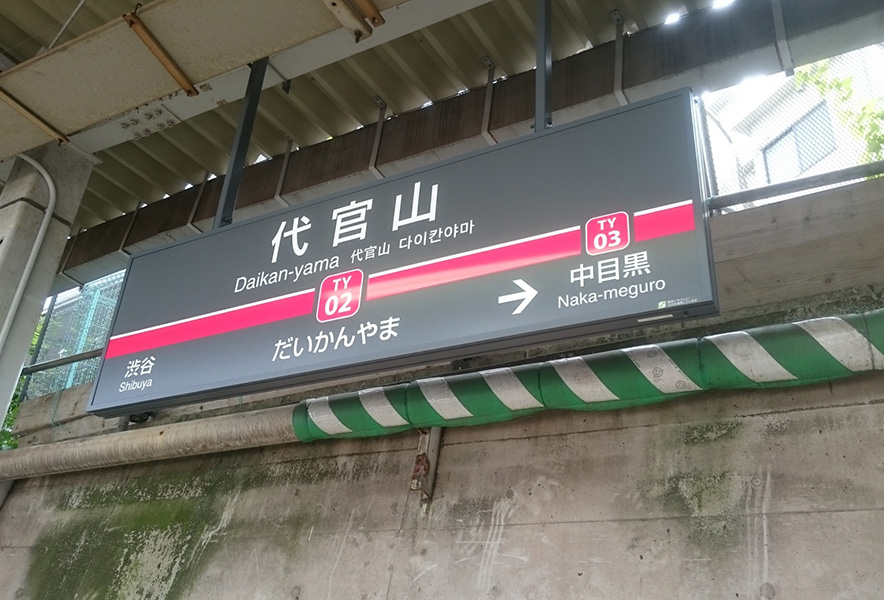
The name “Daikanyama” was used during the Edo period (1603-1867), and there are various theories as to the origin of the name, including one that it was named after the residence of a deputy magistrate and another that it was named after a mountain forest managed by the magistrate. As depicted in the Edo Meisho Zue, the view from the hilltop near the Meguro River was excellent, and it was considered the best place to view Mt. Fuji. Because of its prosperity as a recreational area and its location, many local feudal lords built their residences in Daikanyama. In the postwar period, foreign embassies acquired residences in the area, and the streetscape and atmosphere of Daikanyama became quite sophisticated and international.
B.Former Asakura Residence
The former Asakura Residence, which stretches behind Hillside Terrace, is a cultural heritage site that was designated as a National Important Cultural Property in 2004. It was built in 1919 by Torajiro Asakura, who served as chairman of the Tokyo Prefectural Assembly and chairman of the Shibuya Ward Assembly. Visitors can tour the elegant two-story building and its circular garden. The residence is one of the few pre-Kanto Earthquake Japanese-style houses located in central Tokyo. The main building is located on the north side of the site, with storehouses on the west side and annex buildings such as garages on the east side. The main building has a tiled roof and clapboard exterior walls, which are partially plastered. The interior flooring is unified between tatami mat and tatami room, but the design of the tea ceremony room and other rooms is distinctive. The Taisho and Showa periods were set in the residence, and people have spun the history of the house.
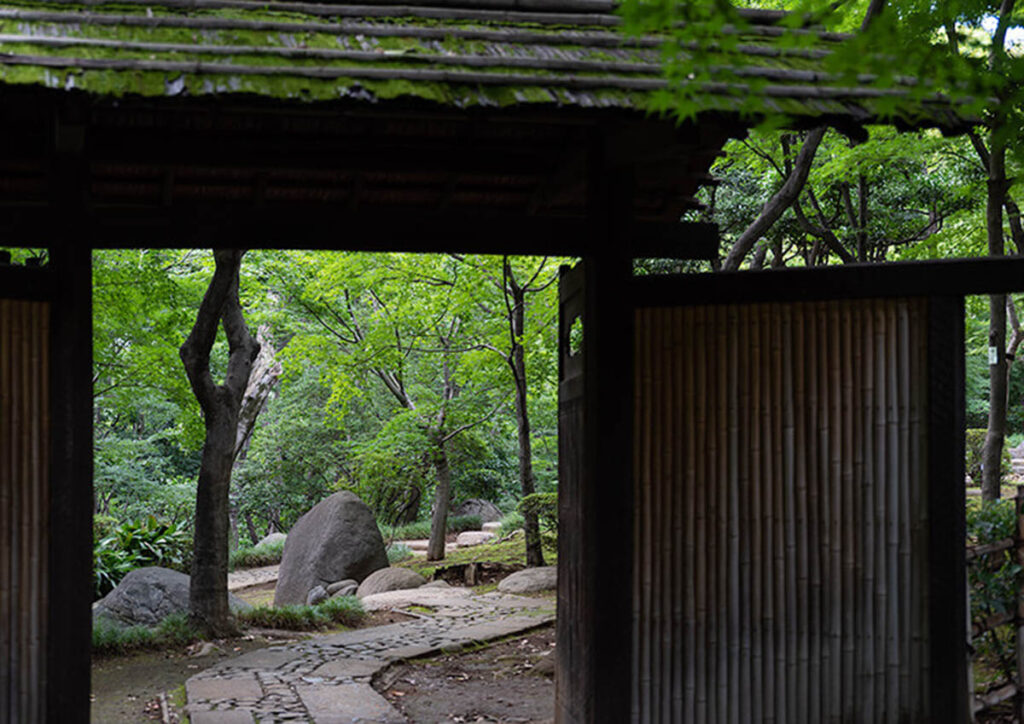
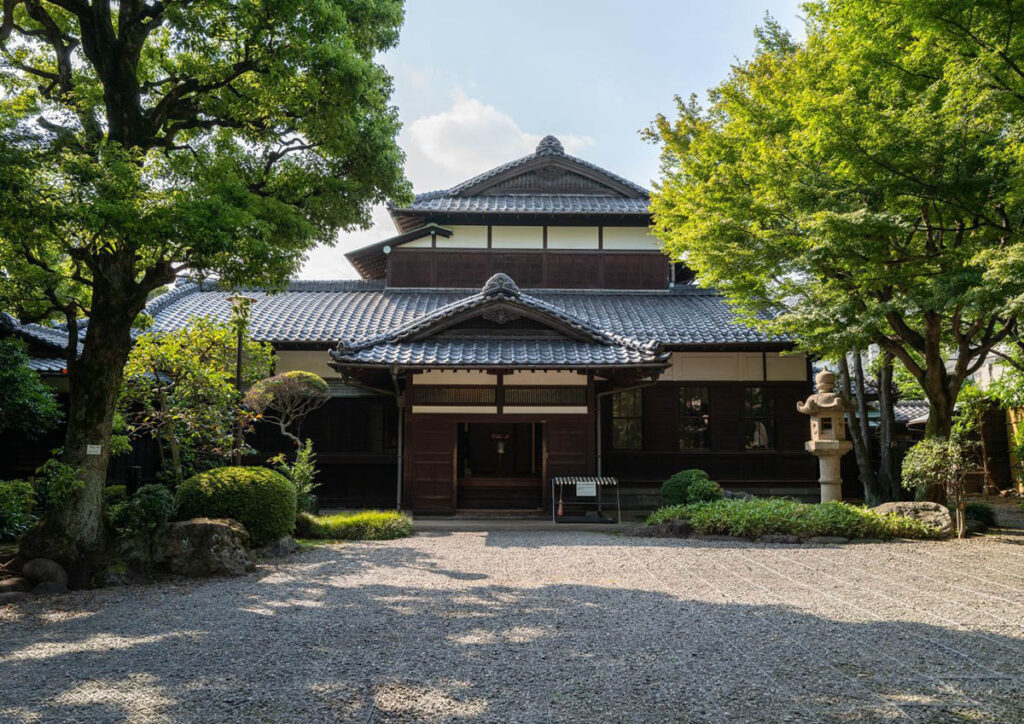
C.Hillside Terrace
Daikanyama Hillside Terrace, located on Kyu-Yamate-dori, was designed by architect Fumihiko Maki. It is a space for architecture lovers that has created urban culture and deeply influenced the establishment of “Daikanyama.


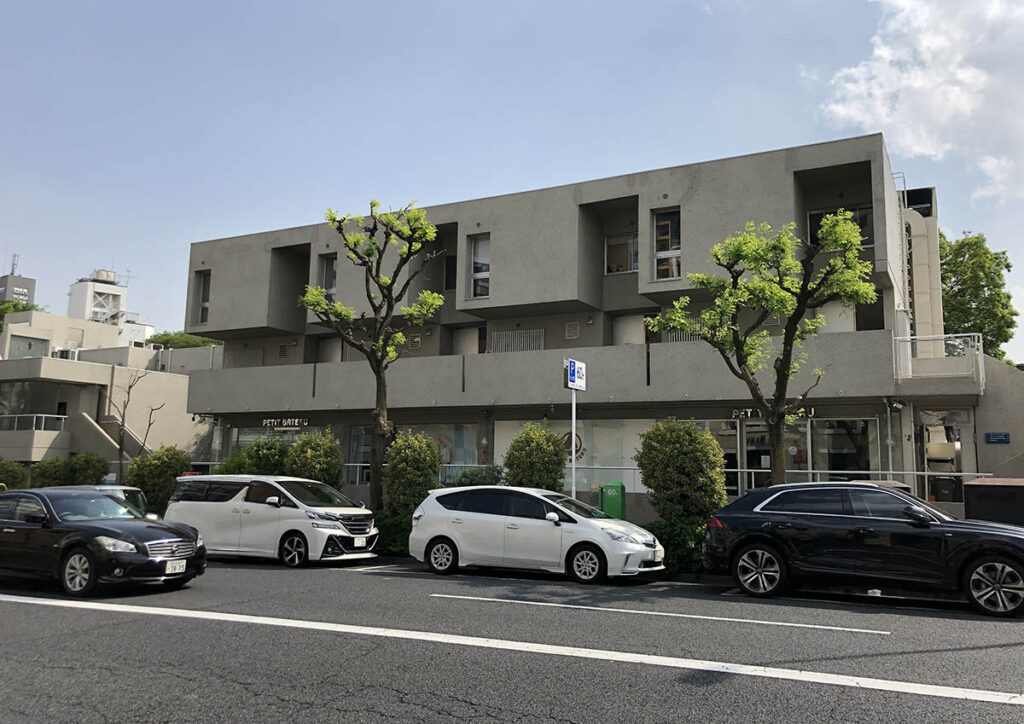
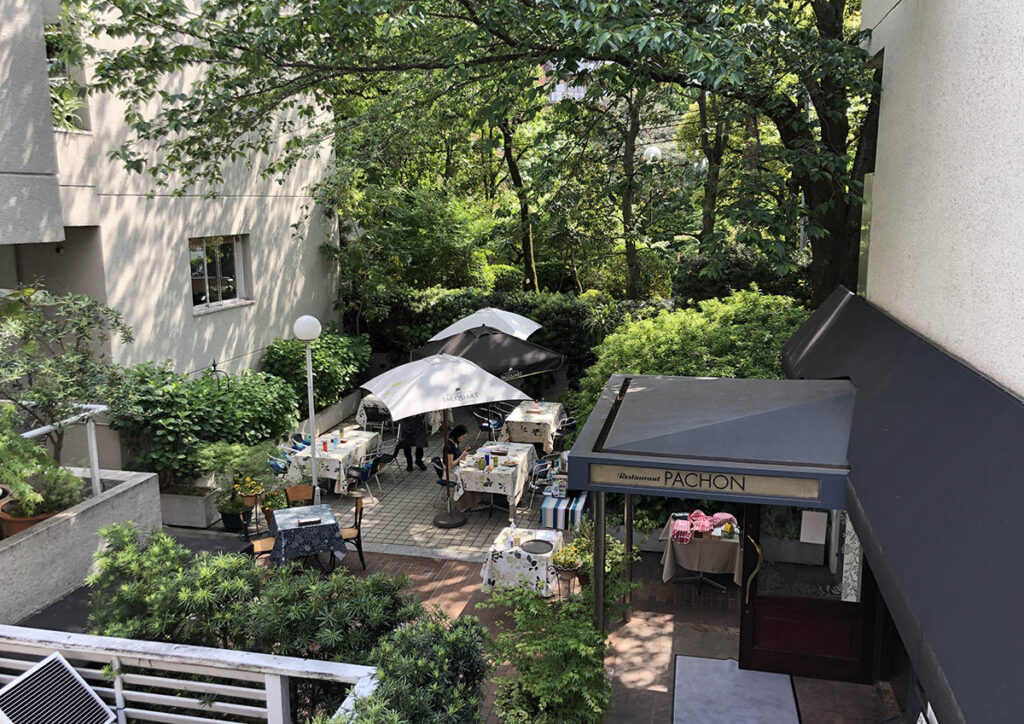
Hillside Terrace is a building complex consisting of residences, stores, and offices, and was constructed in several phases from 1967 to 1992. The Asakura family, who owned the land, and architect Fumihiko Maki shaped the Daikanyama neighborhood over the years.

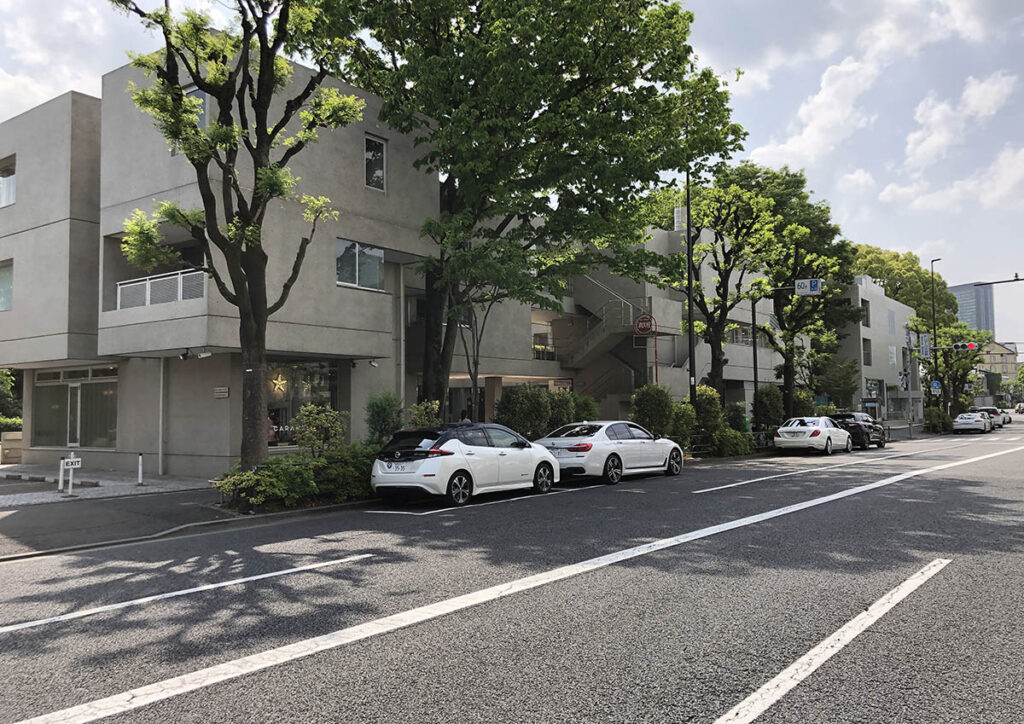
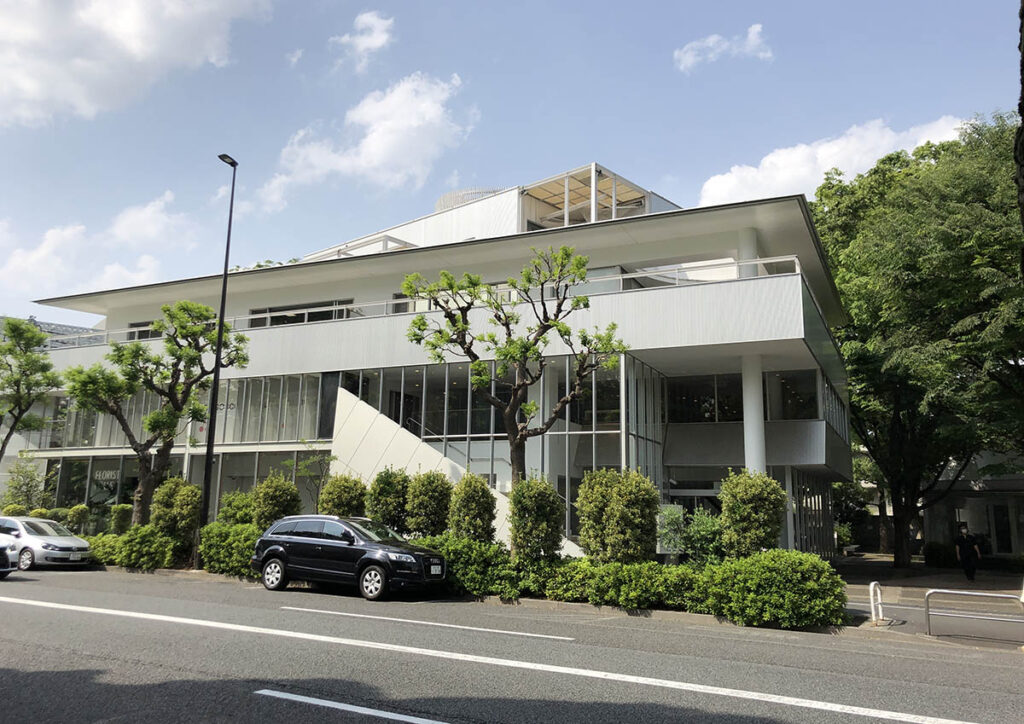
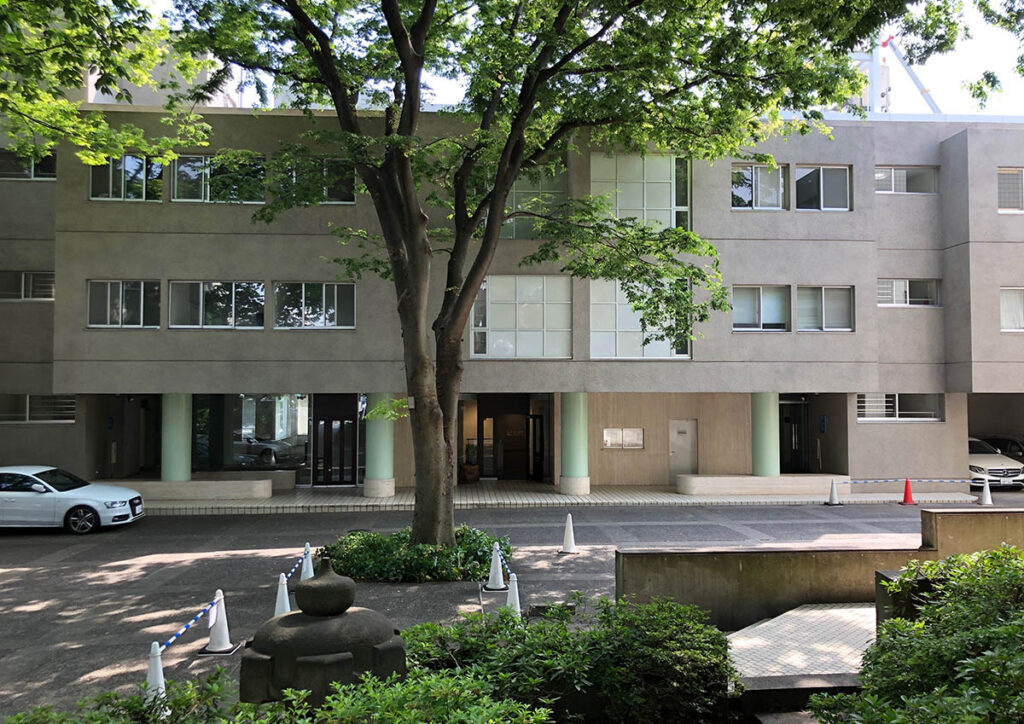
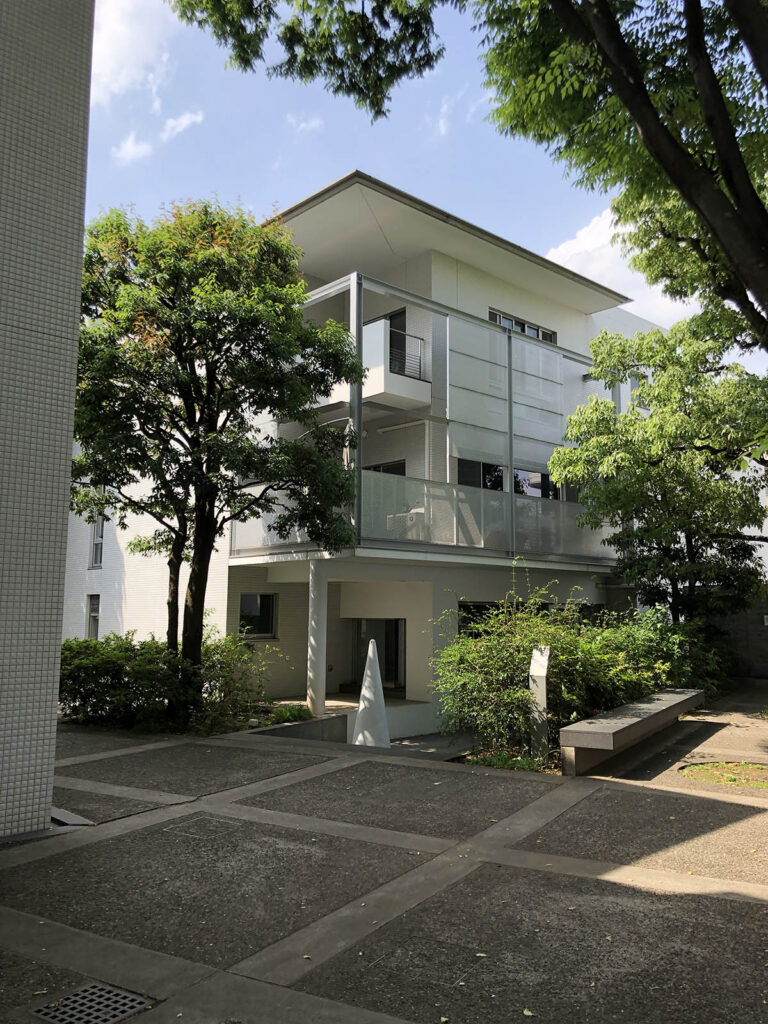
The objects also match the surrounding greenery and buildings.
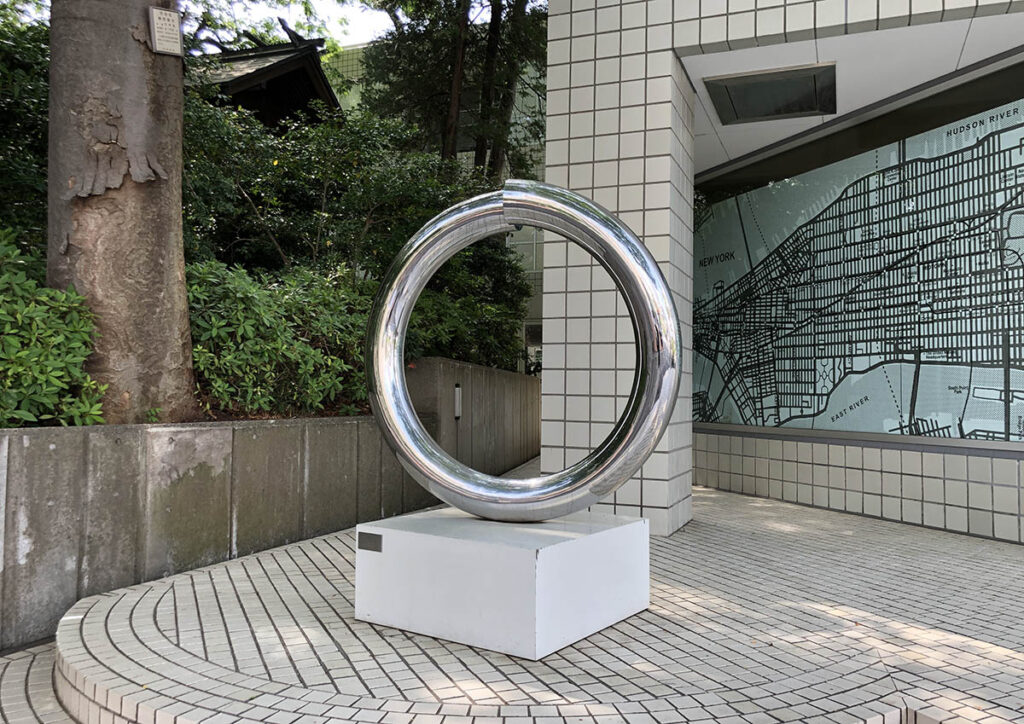
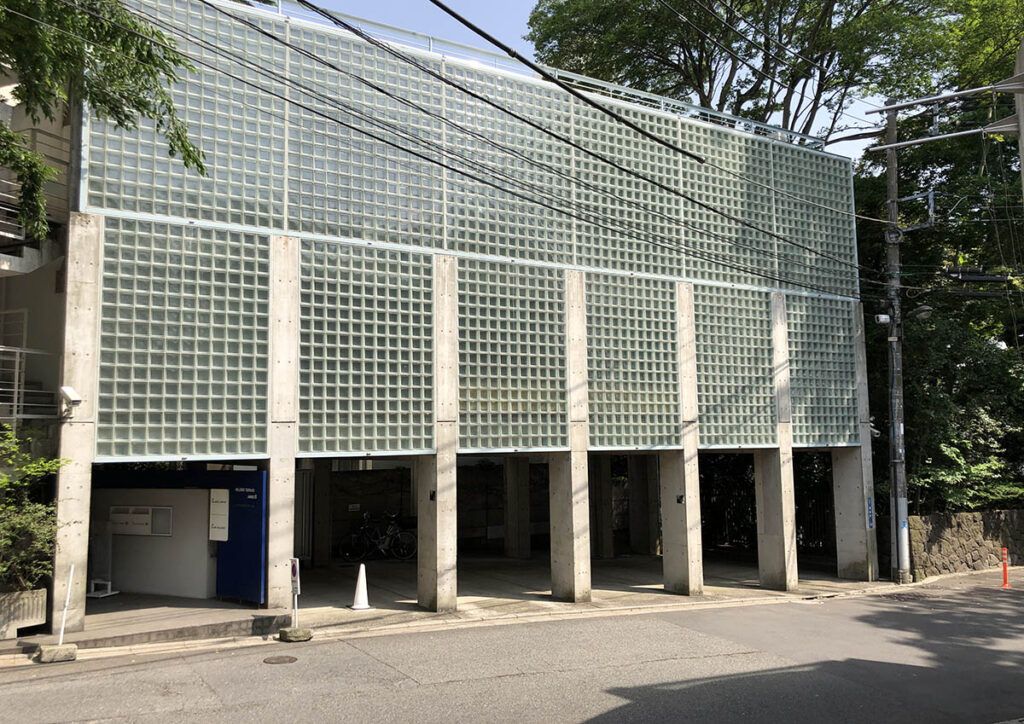
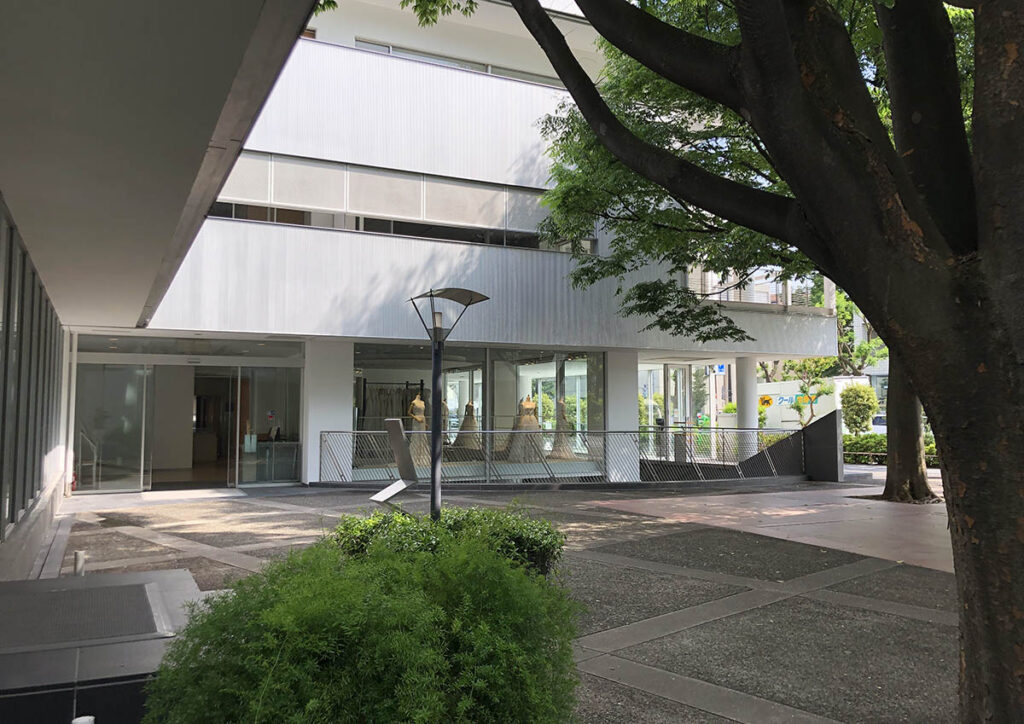
D.Sarugaku-jinja Shrine
Sarugaku-jinja Shrine is located on the grounds of Daikanyama Hillside Terrace.
The dense hillside is home to two circular mounds dating from the late Kofun period. The large circular mound was called “Sarugaku-zuka,” which is how the name of the area came to be known as Sarugaku-cho.
In the Taisho era (1912-1926), when part of the tombs were torn down to make way for a garden, the landowner, the Asakura family, fell ill from an unknown cause, so a shrine was built on top of the round mounds and dedicated to Sarugaku-sama.
Since then, even after the construction of Hillside Terrace, the burial mound and shrine have remained and continue to watch over the development of Daikanyama.
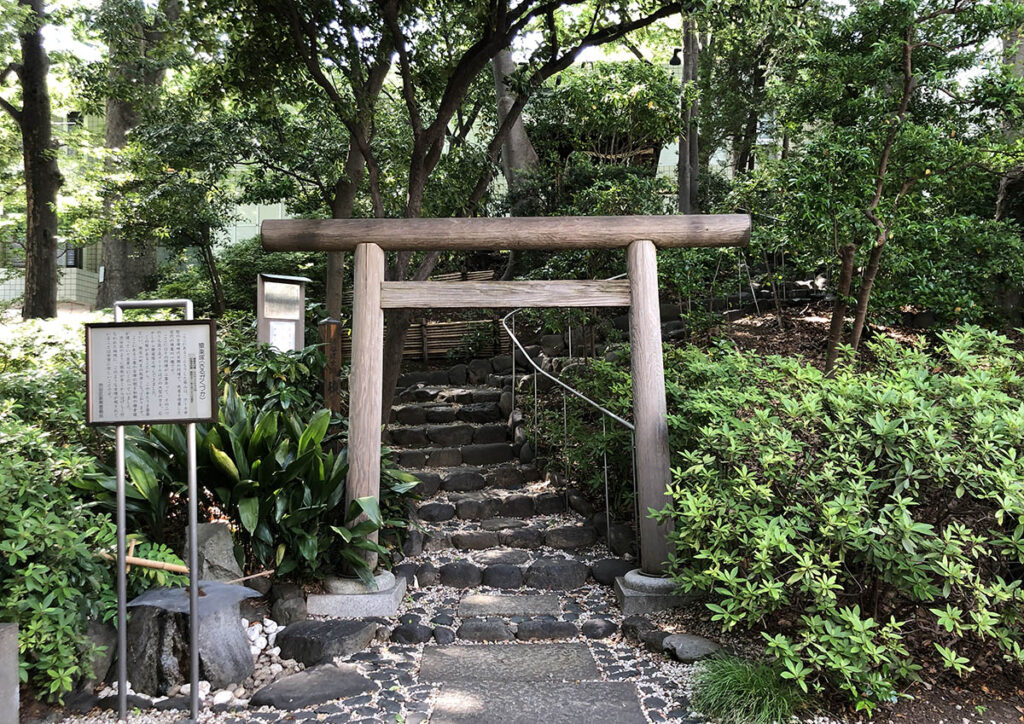

E.Embassy of Denmark
The Danish Embassy is located next to Hillside Terrace D. The architect is Fumihiko Maki, the same designer as Hillside Terrace. The Asakura family, the landowners of the property, sought a buyer with the condition that Maki design the building in order to create a unified town. Denmark, a Scandinavian country, put its hand up to acquire the land as an embassy site, and Maki & Associates designed the building.
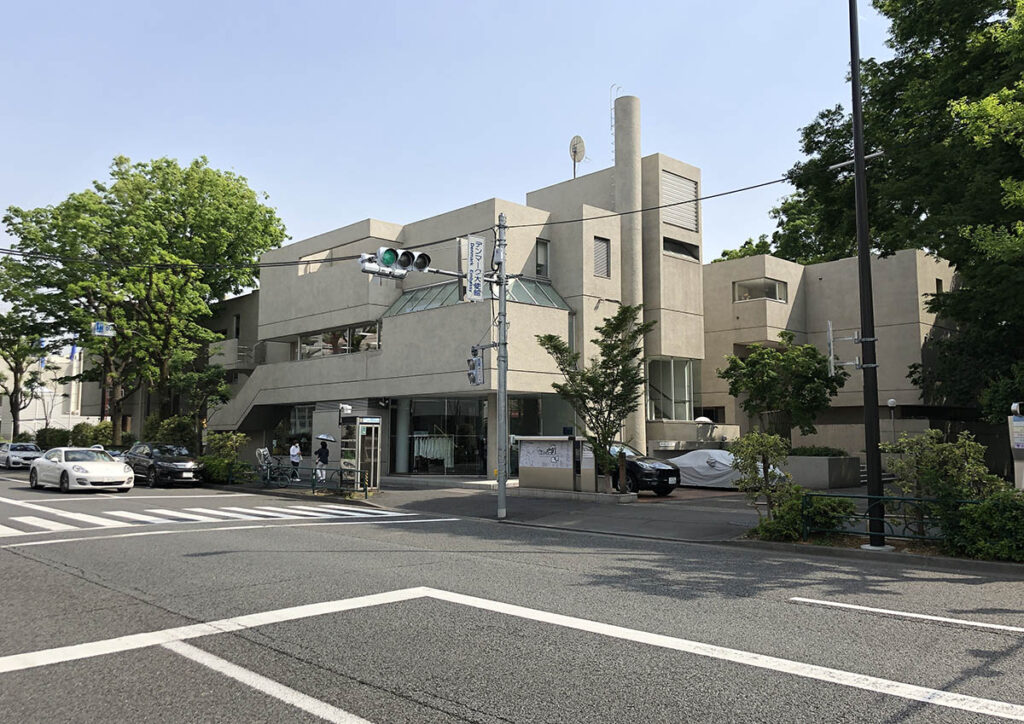
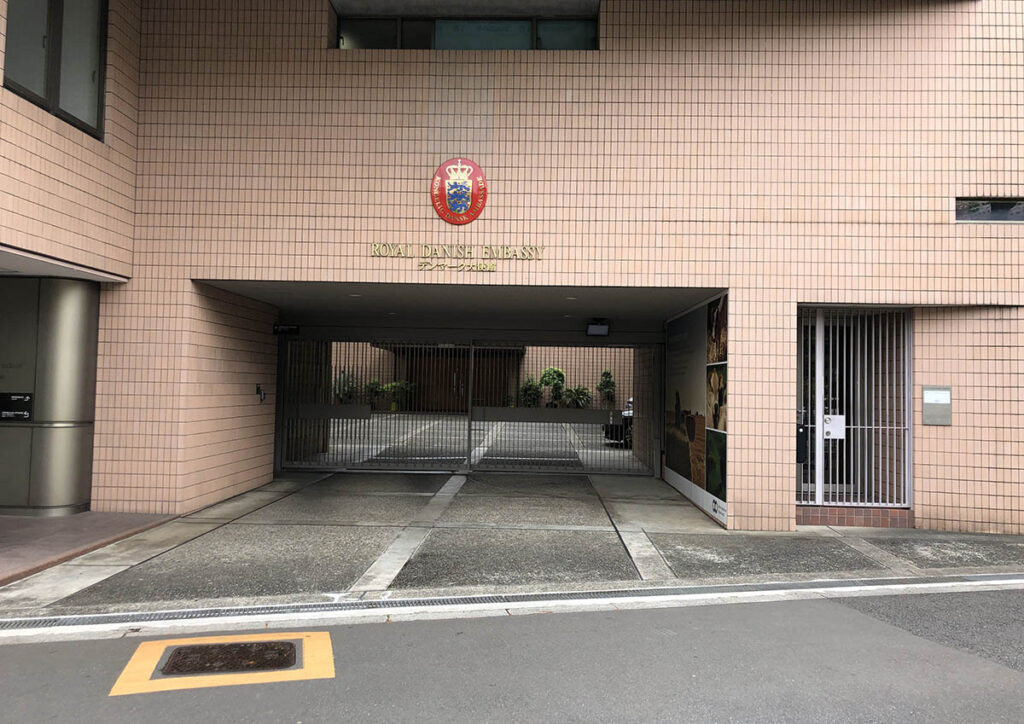
F.Ristorante ASO, Italian restaurant
Ristorante ASO, an Italian restaurant, was established in 1997 in Daikanyama. In a renovated Western-style building built in the early Showa period, the restaurant offers delicious Italian cuisine under the sunlight filtering through the large trees.

G.Daikanyama T-SITE
Daikanyama T-SITE was created through the redevelopment of a former residence of the Mito and Tokugawa families and later the company housing of NTT and airline companies. 12,000 square meters of land is home to three Tsutaya bookstores, a pet store, camera store, gallery, and restaurant IVY PLACE. and restaurant IVY PLACE stand side by side. It is a space where visitors will want to spend time while looking up at the large zelkova tree, which must have existed since the Tokugawa period.
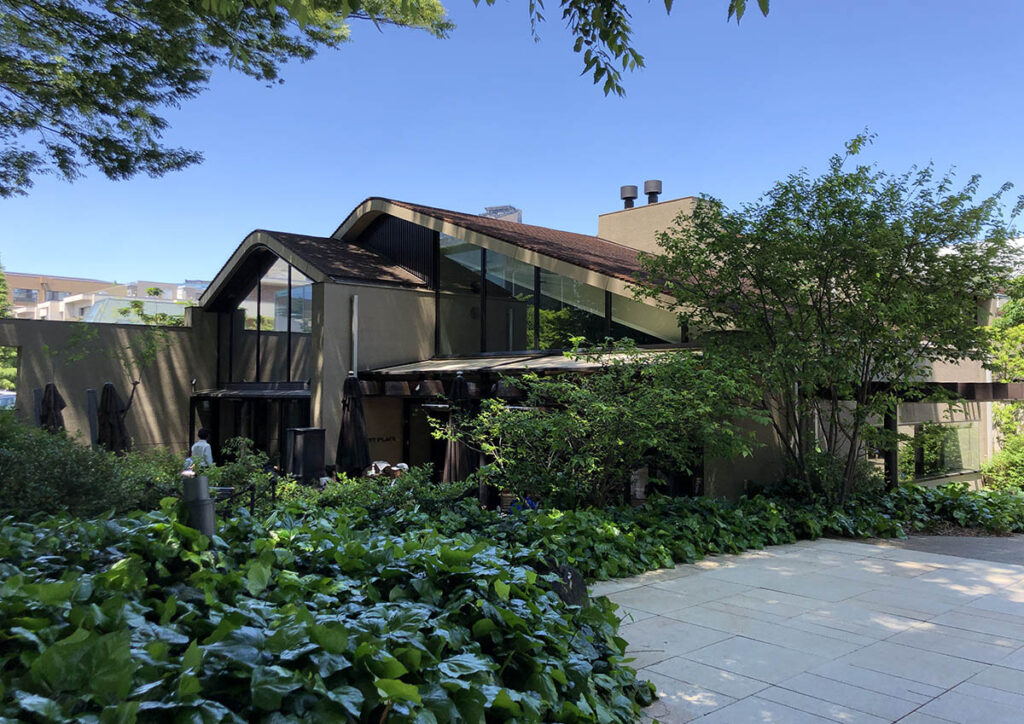
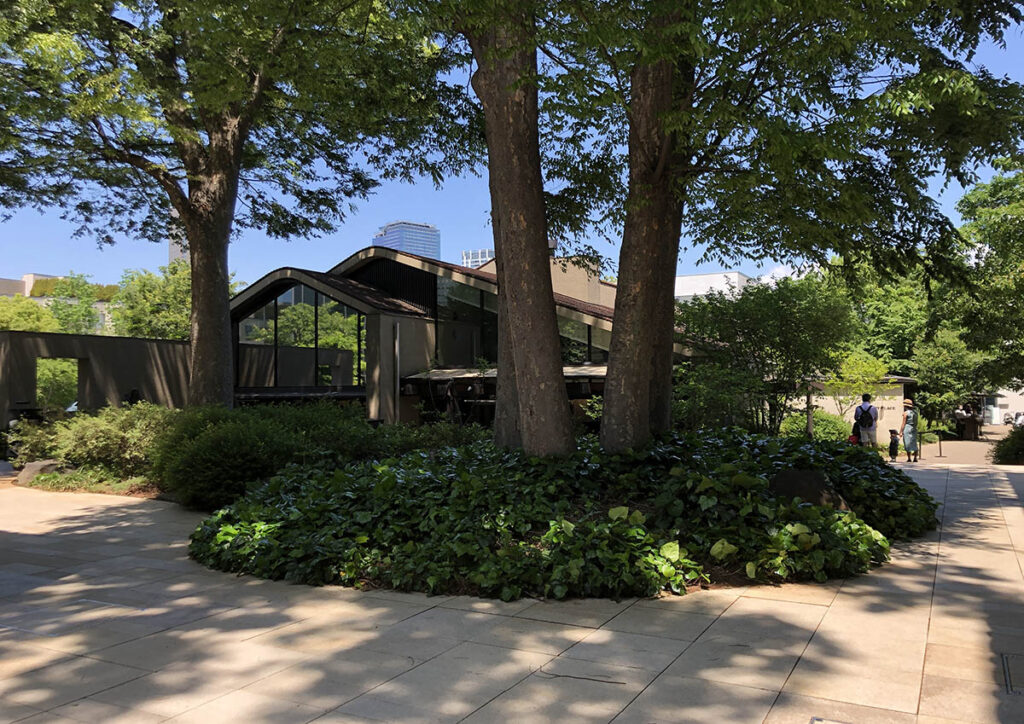
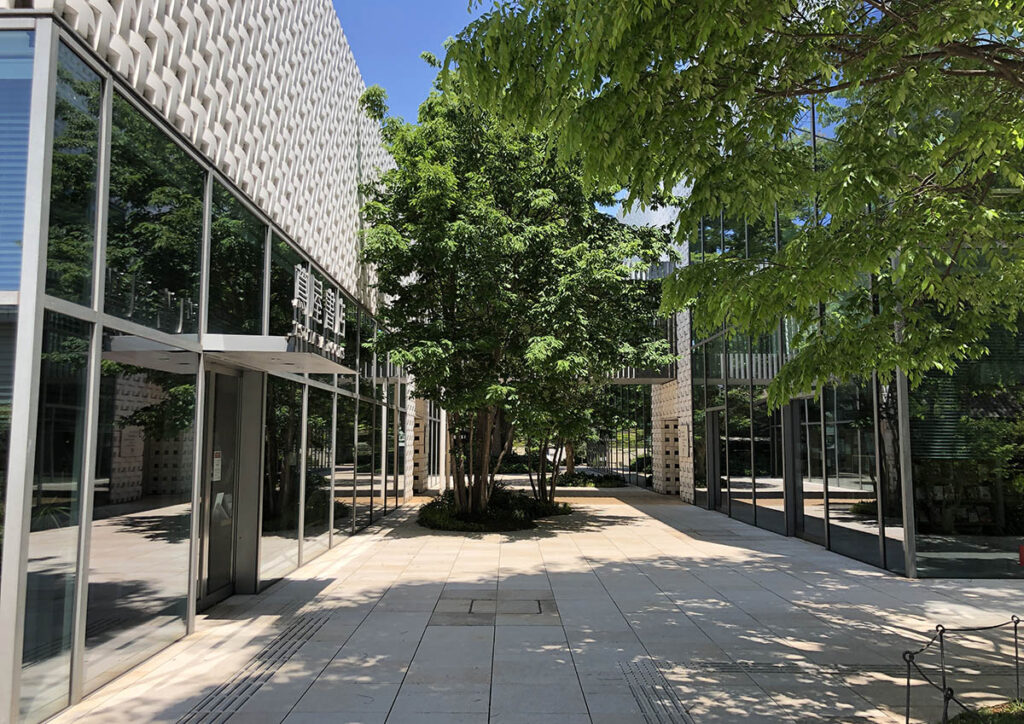
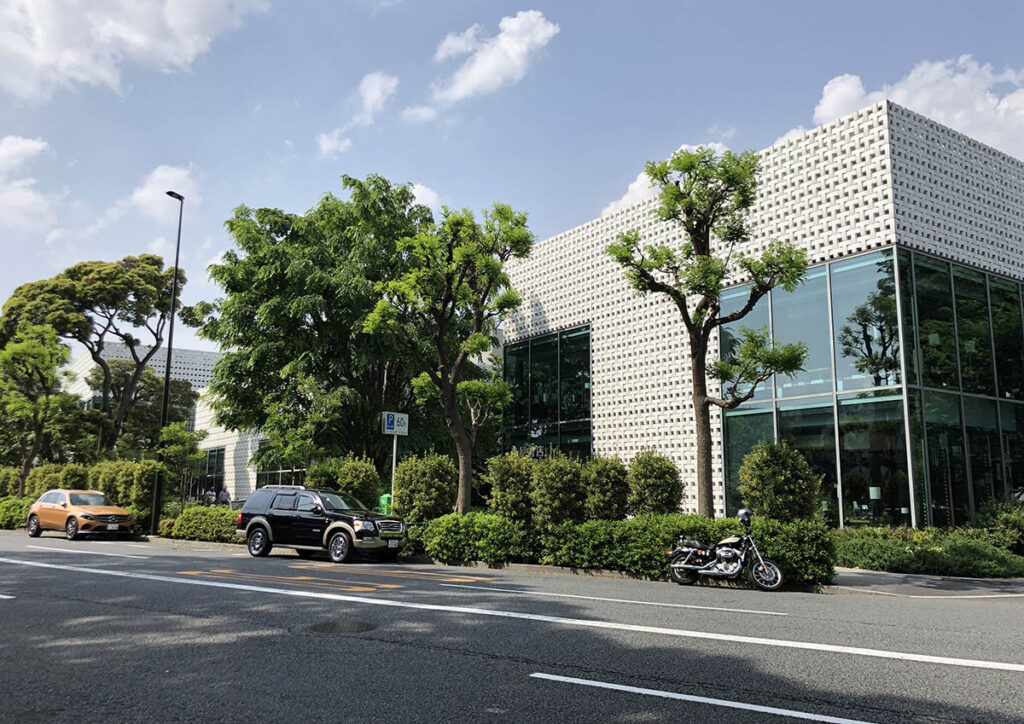
H.Saigoyama Park
Saigoyama Park was designed to take advantage of the slope from the old Yamate Street to the Meguro River, one of Tokyo’s most famous cherry blossom viewing spots, with a man-made waterfall with a 20-meter drop, a gently sloping park path, an observation deck, and on a clear winter day, a view of Mt. Fuji on a clear winter day. The park is located on a hill so that visitors can enjoy a panoramic view of the Meguro cityscape. The park was originally named Saigoyama Park because it was the villa of Saigo Takamori’s younger brother, Saigo Shudo.
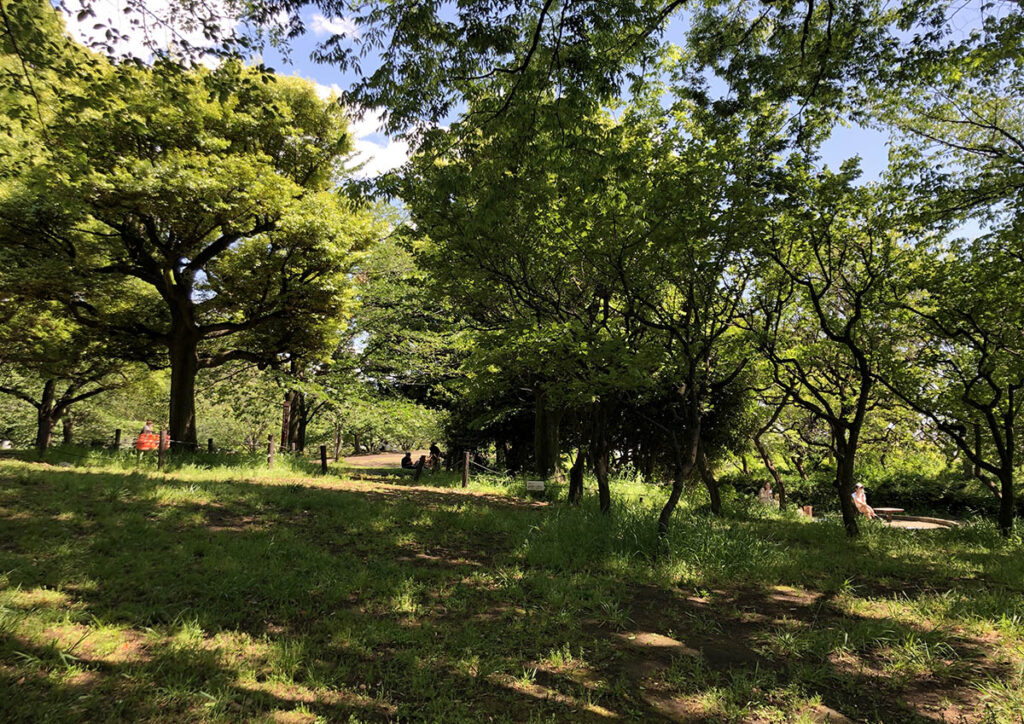
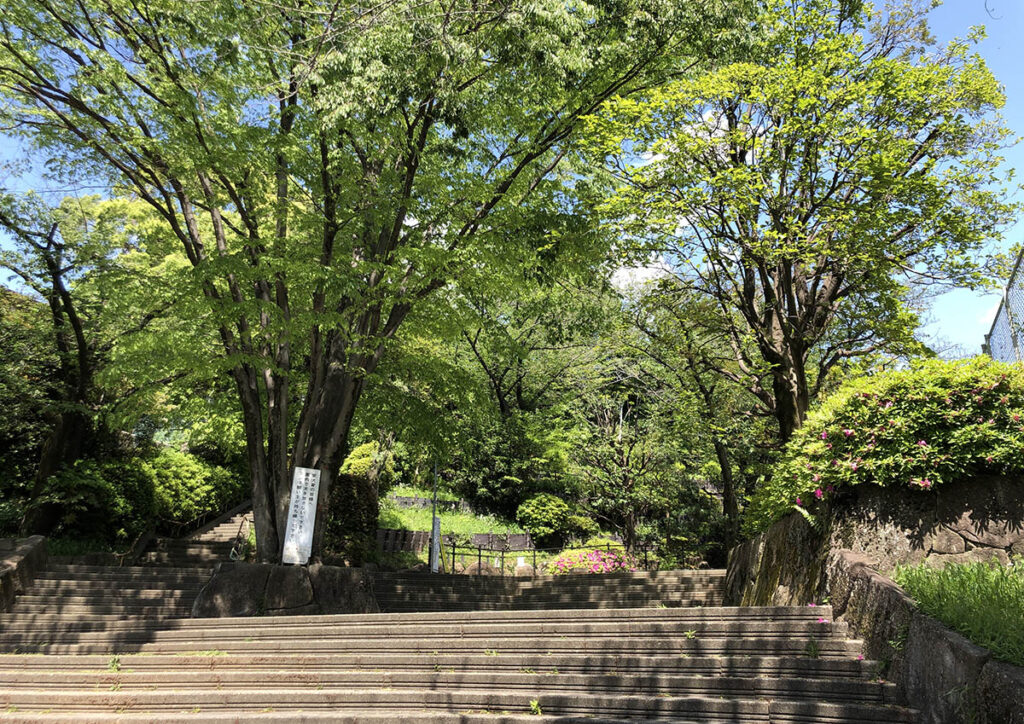

I.Embassy of Malaysia
The Malaysian Embassy was designed by Shimizu Corporation and awarded the Grand Prize of the Tokyo Architecture Award. The building features symmetrical wall decorations with geometric arabesque patterns that embody Islamic culture.
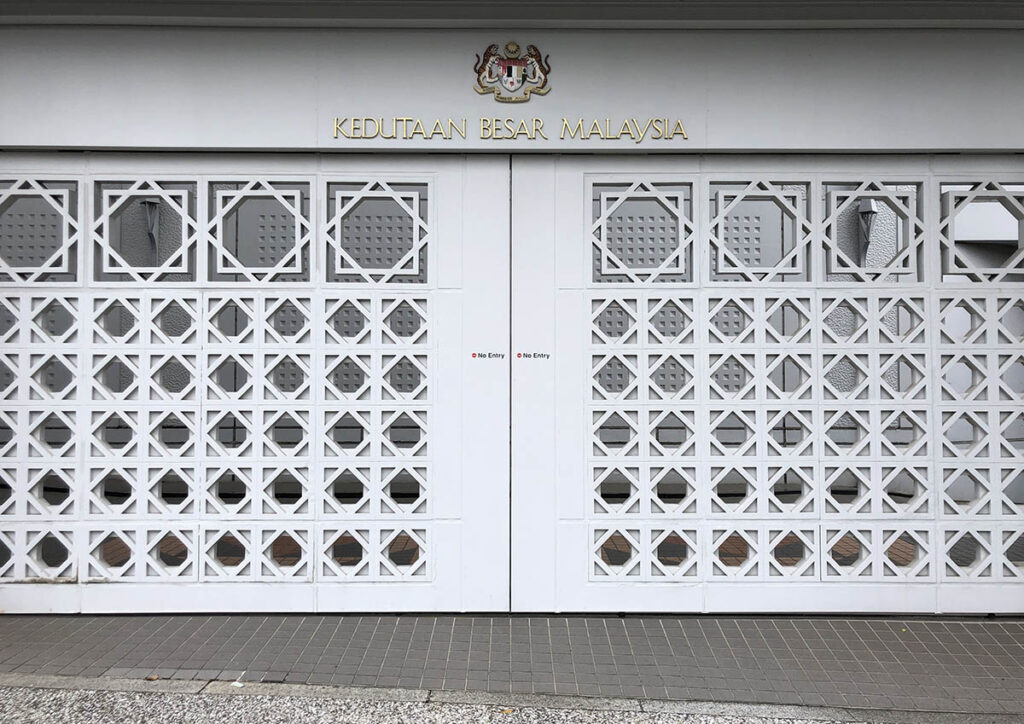
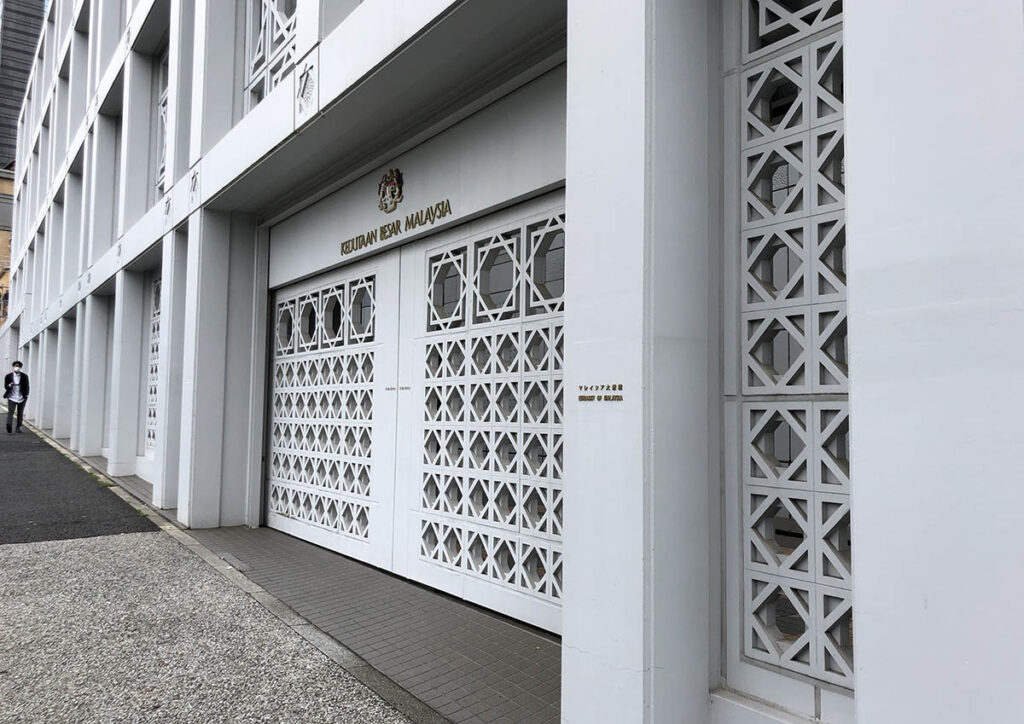

J.CHEZ LUI, a restaurant in a house
CHEZ LUI, a house restaurant tucked away in a quiet residential area of Daikanyama

L.(Goal) Daikanyama Station West Exit
The stroll ends with a return to Daikanyama Station, the same place where the tour started.

Route Review
A.(Start) Tokyu Toyoko Line Daikanyama Station Central Exit
↓ 270m
B.Former Asakura Residence
↓ 140m
C.Hillside Terrace
↓ 200m
D.Sarugaku-jinja Shrine
↓ 59m
E.Embassy of Denmark
↓ 34m
F.Ristorante ASO, Italian restaurant
↓ 210m
G.Daikanyama T-SITE
↓ 400m
H.Saigoyama Park
↓ 250m
I.Embassy of Malaysia
↓ 700m
J.CHEZ LUI, a restaurant in a house
↓ 300m
L.(Goal) Daikanyama Station West Exit
Total2.6km(Does not include travel within the facility)
Access to Daikanyama Stroll
Daikanyama is the first station from Shibuya on the Tokyu Toyoko Line.
It’s about a 10 minute walk from Ebisu Station.
Ebisu Station: JR (Yamanote Line, Saikyo Line, Shonan-Shinjuku Line), Tokyo Metro Ebisu Line
Parking around Daikanyama
Parking lots around Daikanyama are very expensive, and there are many places that do not have a maximum charge, so please be careful when parking. Below are parking lots that are cheaper and easier to park than the surrounding parking lots.
Daikanyama 17dixsept toll parking lot
Address: 17-6 Daikanyama-cho, Shibuya-ku, Tokyo
Fee: 300 yen for 30 minutes
Maximum charge: Maximum 3,500 yen on the day
Business hours: 8:00~23:00
Capacity: 73 cars
remarks:
・After 23:00, the basic charge for 9 hours will be added separately from the above rates.
・You cannot leave the parking lot after 23:00 until 8:00 the next day.
・If you spend 3,000 yen or more at Daikanyama Address (2,000 yen or more at Daikanyama Peacock), you can use a 1-hour free service ticket.
Official site: here
Daikanyama Stroll Official Website
Former Asakura Residence : here
Hillside Terrace : here
Ristorante ASO, Italian restaurant : here
Saigoyama Park : here
CHEZ LUI, a restaurant in a house : here
